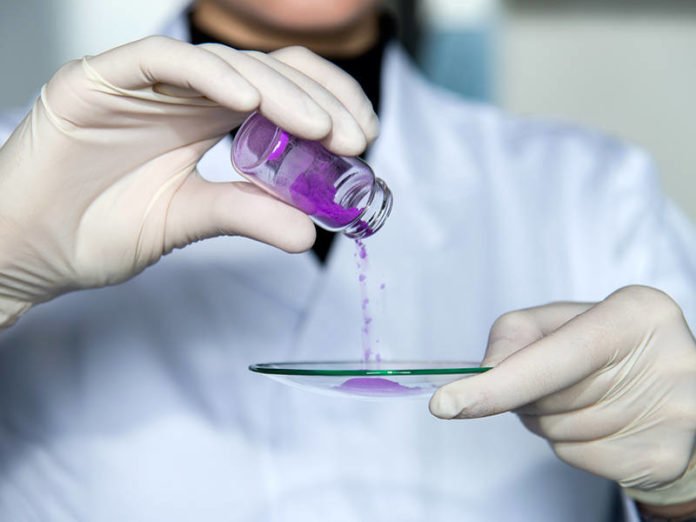The global demand for battery materials is expected to increase 8.3 percent per year. A variety of factors are contributing to the power growth demand including the proliferation of mobile phones and tablets, the rising use of motor vehicles in developing countries, and the increasing production of hybrid and electric vehicles.
The battery material requires a broad range of electrode materials including metals, chemicals, polymers, carbon and graphite, silica, glass fibers, paper, rubber, and ceramics. Now, TUM scientists have developed a method through which it is possible to produce a promising cathode material lithium cobalt phosphate in high quality.
Scientists have developed a powder i.e., the pink powder that has the potential to significantly improve the performance of future batteries. The powder i.e., lithium cobalt phosphate, which researcher believed a material of the future, store more energy than previous cathode materials.
It operates at higher voltages than the traditionally employed lithium iron phosphate and thus, attains a higher energy density– 800 watt-hours per kilogram instead of just under 600 watt-hours.
Dr. Jennifer Ludwig of the Technical University of Munich (TUM) said, “Its crystals vary in size and must be ground to nanocrystalline powder in a second, energy-intensive production step. Moreover, they exhibit sufficient ionic conductivity in only one direction. Over most of the surface, the chemical reaction between the electrode material and the electrolyte in the batteries progresses very slowly.”
Scientists just used a microwave oven for 30 minutes to develop this high-grade lithium cobalt phosphate. They placed all the reactants in a Teflon container together with a solvent and are then heated at 250 degree Celsius.
At 200 degree Celsius, a hitherto unknown, complex cobalt hydroxide hydrogen phosphate compound is occasionally formed. Ludwig then isolated the compound by determining its structure and properties. Since the new compound is unsuitable as a battery material, she modified the reaction so that only the desired lithium cobalt phosphate is produced.
Professor Nilges said, “With this new production process, we can now create high-performance, platelet-shaped lithium cobalt phosphate crystals with tailored properties in high quality. Thus, a further hurdle on the path to new high-voltage materials has been taken.”
